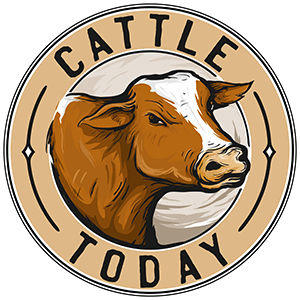Very well summed up. The area and wether make so much diference, that's what some of these geniuses seem to loose sight of. I know there are ranches in the North that calve in january and february because they have less sickness problems with calves that are calved on snow rather then mud. What works in montana may not work in florida, or missouri, or the desert ofr washington state or..................
Each farmer (rancher in the west) has to figure out what works for them in their individual environment. It doesn't even have to be a vast difference in distance. We're only a couple of hundred miles from both baja oklahoma and Iowa, what works for either of them probably is't the ideal for us. The trick is figuring out what is best for your managment and envronment.
I know, babbling again
dun
dun- You pretty well summed it up- every situation is different and everybody has to do what works best for them. The original question was about bull turnout- 2 bulls might work well for them in their situation, but with 72 head I would have at least 3 bulls especially if some were younger. Up here where the pastures are bigger and waterholes far apart most run 1 bull to every 20-30 cows. Some even go as low as 1- 15 in the big pastures, especially if they have young bulls. Bulls are usually only left with the cows 45 or 60 days, to get calving over fast, and have a uniform group of calves.
D.R. Cattle":14ik43fs said:
Sillco I read a similar article. The group had taken everything into consideration such as forage availability, market prices at weaning, etc. etc. When the study was finished they determined that it was actually more profitable to coincide with the natural seasons. But then, this study was conducted in Florida where our idea of bad weather is 35F and windy. Every man for himself, but the idea is worth noting. I like to calve in January but anytime by March could work just the same. Works good for breeding season and our forage is worth something when the milkers need it the most. Worming and vaccines in March and September. I can also wean and market calves before pastures go to pot.
